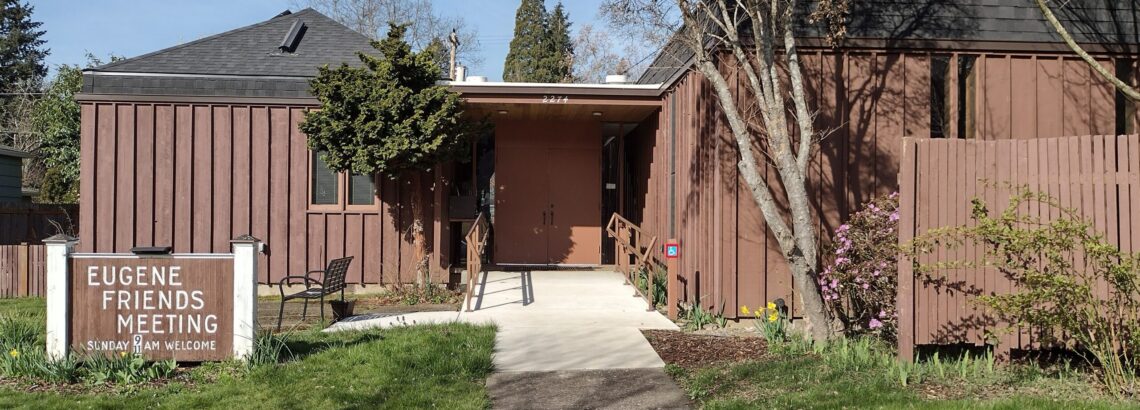
Last week I wrote about the Northwest Forest Plan of 1994. While the Plan was innovative at the time, it didn’t consider some important issues we now face, such as global climate change, the role of Tribes and Indigenous knowledge in land management, and the need to protect communities from uncharacteristic wildfires.
The Forest Service began the amendment process for the Northwest Forest Plan in 2023, and the Federal Advisory Committee has completed its recommendations to the Forest Service, available here. The 21-person committee included Tribal members, environmental groups, timber industry, elected government, and scientists across Northern California, Oregon and Washington. The committee developed 192 recommendations.
This is a fantastic document that addresses many critical issues, such as ensuring Tribes are included in land management planning and implementation, protecting mature and old growth ecosystems and the species that rely on them, providing sustainable economic opportunities for rural communities, and supporting fire resiliency for forests and communities.
One of the co-chairs of this report, Susan Jane Brown of Silvix Resources, an Oregon non-profit environmental law firm, gave an interview this past Sunday, August 3, to the Lost Coast Outpost EcoNews Report. The host of the show, Tom Wheeler, Executive Director of the Environmental Protection Information Center, asked her about the “legacy of mistrust on the part of the public” for the actions of the Forest Service.
This is a real situation in the conservation and activism community – they do not trust that the Forest Service will protect nature’s best interest, because they have experienced misleading and unclear information from them in the past.
Her reply:
“I talk about that a lot with the Forest Service and encourage them to be honest and to own that and be like, Hey, look, we made some bad decisions. But we’ve learned from those decisions. And here’s how we’ve learned from those decisions. But it’s still really going to be up to the Forest Service at the end of the day to demonstrate that they understand that and that they are willing to hold themselves accountable.
The Federal Advisory Committee submitted our recommendations to the agency. And it’s now up to the Forest Service to translate those recommendations into a proposed action that does what the committee intended, which is to allow for some flexibility in some places, not everywhere, but in some places that comes with an accountability price tag. So if you want flexibility, you’re going to have to accept accountability, which means you need to be very transparent and honest with the public about how these forests are going to be managed.“
The forest service will now review the committee’s recommendations and work on a draft environmental impact statement, which will have several alternatives: a “no action” alternative (no amendment); a proposed preferred alternative (which the advisory committee understands will be based on their recommendations); and then at least two additional action alternatives which will explore different levels of protection for forests and different levels of active management.
Susan Jane Brown again:
“I believe that those folks (the Forest Service) want to do the right thing and are going to try to do the right thing. But they’re probably not going to get it right either out of the gate, which is why we have a draft environmental impact statement that folks can weigh in on and provide comments on. And there will be changes between the draft environmental impact statement and the final environmental impact statement. So we have an opportunity to correct any oversights.”
The Forest Service right now is on track for releasing the draft environmental impact statement by the end of August; that will go out for a 90 day comment period. And then the Forest Service expects to issue a final environmental impact statement in middle of 2025, maybe around May, which will initiate the administrative review process. And then they will issue a “record of decision” selecting an alternative and choosing an amendment pathway by December of 2025. So we’re looking at another year or so until this process is complete. (And of course, a lot will depend on what happens in November.)
If you want to learn more, join me at the:
Foliage Fest: Summer Concert to Protect Old Growth Forests
Wednesday, August 14th, from 6:00 to 9:00 p.m.
at Lamb Cottage at the base of Skinner’s Butte (northside)
hosted by the Climate Forests Campaign
Enjoy some music & games, and write comments! (Family friendly!)
| Here’s the Facebook event and you can RSVP using this form. |


